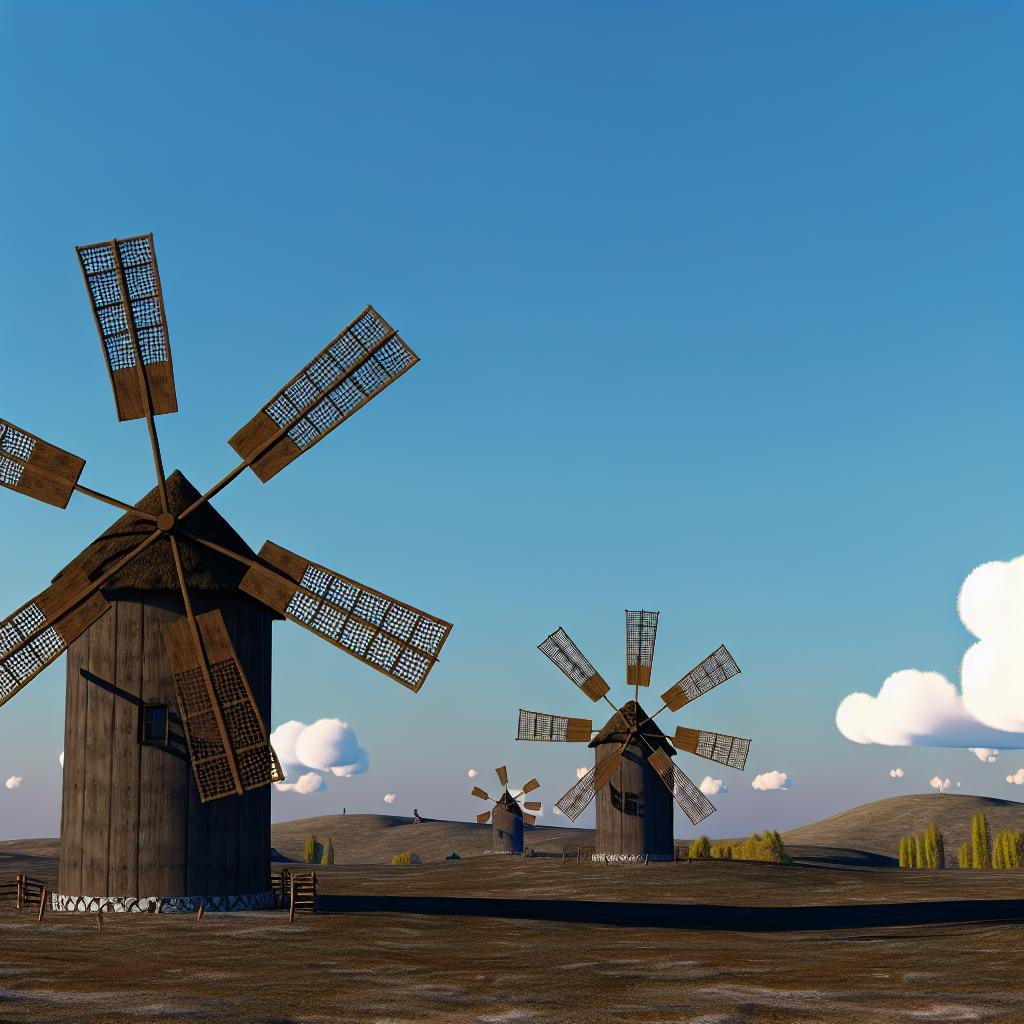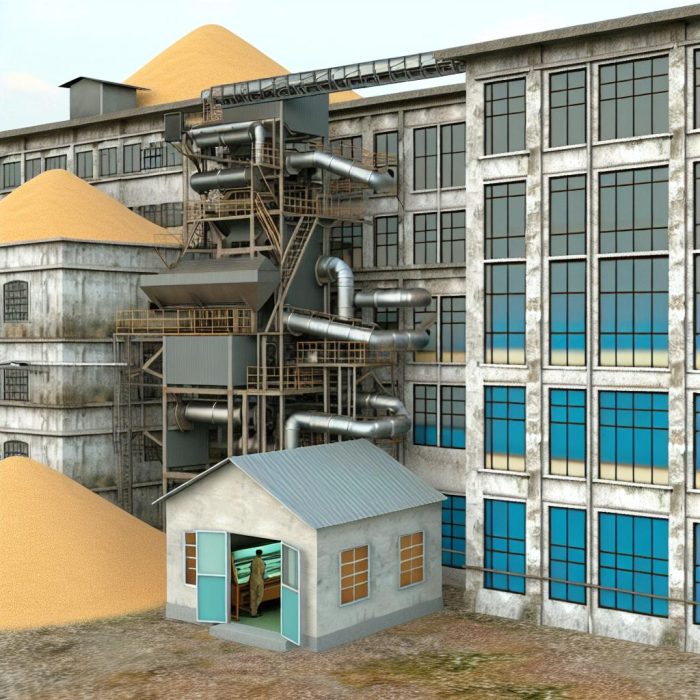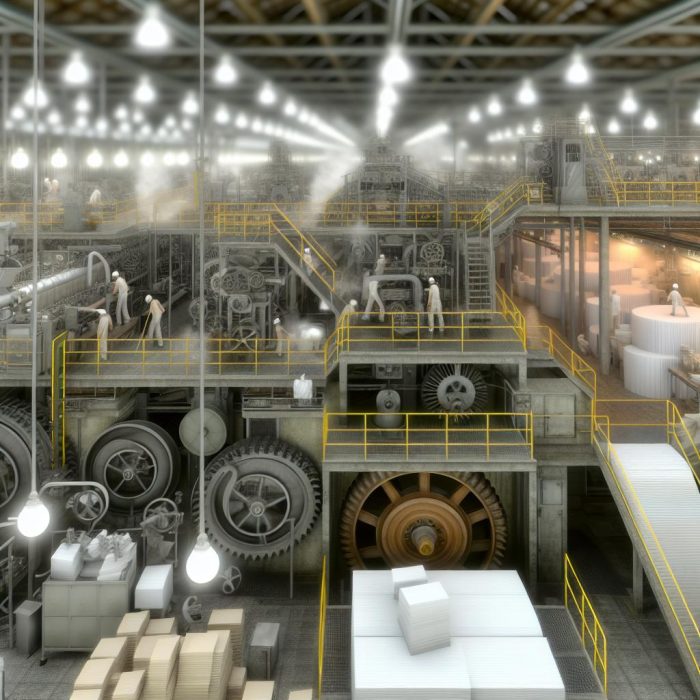Introduction to Windmills
Windmills have long stood as symbols of the harmonious interplay between human innovation and the natural world. For over a millennium, they have captured the energy of the wind to perform tasks that were essential to human livelihoods, such as milling grains, pumping water, and more recently, generating electricity.
Historical Background
The fascinating history of windmills begins in Persia around 500-900 AD, where they were first employed in the form of simple machines designed to aid in everyday tasks like grinding grain and drawing water. Their utility quickly became apparent, and the concept spread across continents. By the 12th century, windmills had made their way to Europe, where they became integral to agricultural productivity. These devices were critical in a time when mechanized power sources were virtually nonexistent.
Evolution of Design
Initially, windmills were built with vertical sails crafted from materials such as reed matting or fabric. This basic design, while effective, had its limitations. As the centuries progressed, so too did the advancements in engineering windmills. European models developed a distinct architectural style that featured horizontal sails connected to a vertical shaft. This adjustment was a significant leap forward, increasing the efficiency by maximizing the wind’s energy capture.
Types of Windmills
Windmills have diversified into various designs over the centuries, yet they generally fall into two primary categories:
Post Mills: These early European windmills are notable for their compact design, which allowed the entire structure to pivot around a central post to face the wind. This adaptability made them highly efficient in regions where wind direction frequently changed.
Tower Mills: A more advanced design than the post mill, the tower mill’s innovation lay in its fixed cylindrical or conical structure. Only the rotating cap atop the tower would turn to catch the wind, making it much more stable and capable of bearing larger sails, thereby increasing the milling capacity.
Modern Applications
Today, traditional windmills have evolved into the sophisticated machines known as wind turbines, which play a crucial role in the generation of clean electricity. While they operate on the same basic principles, modern turbines are meticulously engineered to optimize wind energy conversion more efficiently than their predecessors.
As global awareness of environmental issues grows, wind energy production has expanded significantly. It is recognized for its sustainability and minimal environmental impact compared to fossil fuels. Many countries are channeling resources into developing wind farms to lower carbon emissions and reduce reliance on non-renewable energy sources. Numerous governmental and private entities offer extensive information on advancements in wind energy technology, sharing best practices and innovation insights worldwide.
Environmental Impact
The environmental advantages of windmills, and by extension, wind turbines, are substantial. They exemplify a clean energy source since they do not emit pollutants during operation. Their design also allows for dual-purpose land use, integrating with agricultural activities without interfering with land productivity.
Considerations
Despite these benefits, wind installations are not without their challenges. It is vital for planners to assess environmental factors meticulously. The positioning of turbines must account for avian flight paths and local wildlife to minimize ecological disturbances. Ongoing research and development efforts are focused on creating innovations like bladeless turbines, which aim to mitigate potential impacts on wildlife while maintaining energy efficiency.
Conclusion
From their humble beginnings as devices for milling grain and drawing water, windmills have become a cornerstone of renewable energy technology. The ongoing enhancement of wind turbines underscores the essential role of clean energy solutions in today’s world. As humanity continues to face global energy challenges, windmills, both old and new, illustrate the enduring power of human ingenuity, paving the way for a sustainable future.



